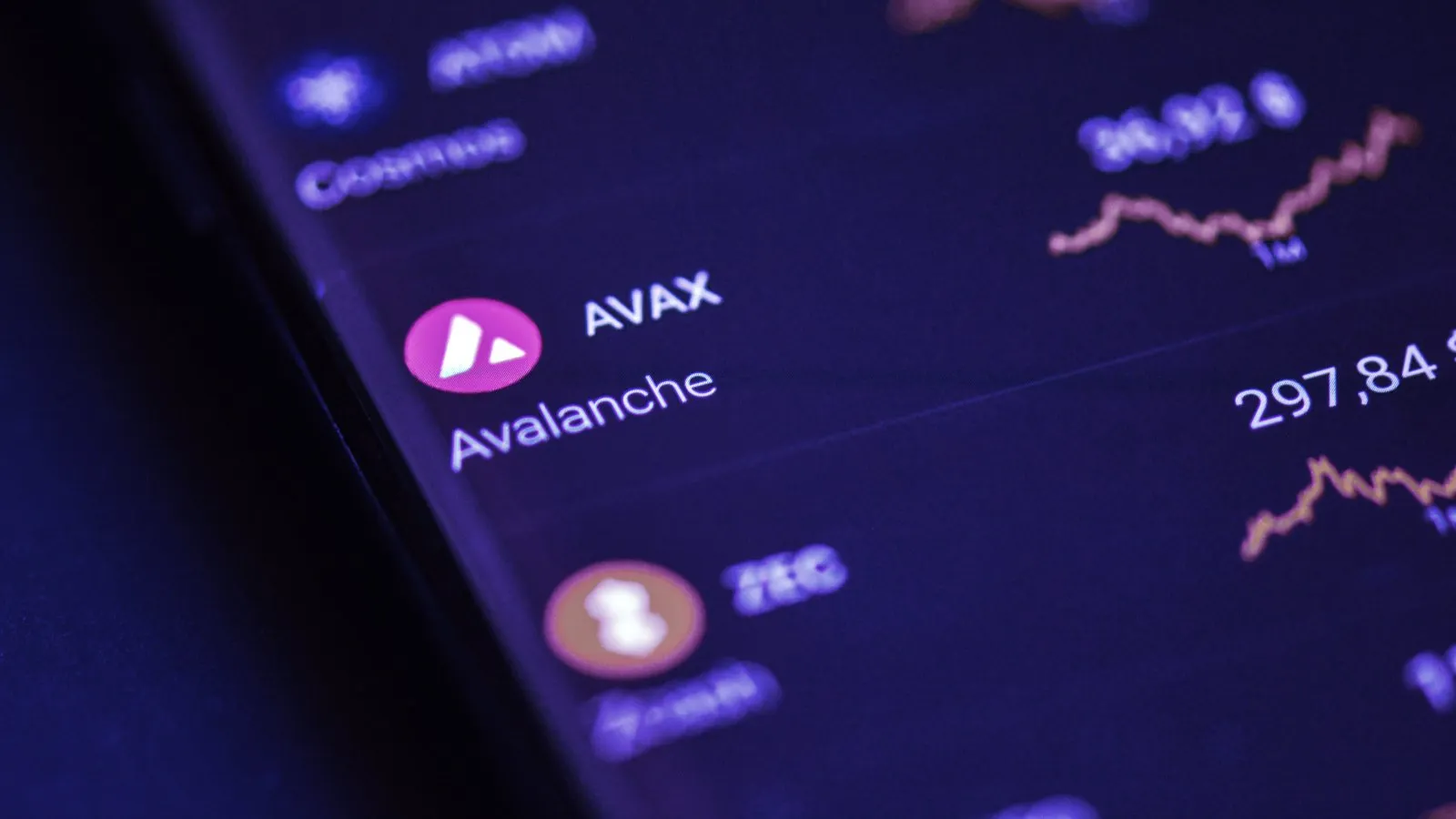The Avalanche Summit in Barcelona kicked off this week amid what has already been a pretty stellar run for AVAX, the blockchain’s native token.
AVAX is up 200% in the past year and 6% in the past month. It had jumped 26% last week as of Friday, but fell back sharply on Saturday along with the rest of the crypto market after a strong week.
But the recent bullish price action in AVAX isn't just about a conference. The token has also enjoyed a boost thanks to continued chatter about the network’s launch of subnets.
Consider the Avalanche Foundation’s recently announced $290 million development fund meant explicitly for the scaling technology. This fund will be used to incentivize developer activity, including subnet work.
But what exactly are subnets, and why are they important?
In very broad strokes, subnets are like a white-label solution for organizations or developers to build and deploy customized blockchains. These blockchains could be specific to DeFi or NFTs, but could also be made open to the public or closed to a set of verified users.
The advantage of creating application-specific networks means that these networks can be optimized for the exact needs of the network’s objective. Minting a new NFT is much less expensive, for instance, than jumping into the latest, multi-step yield farm in DeFi, and thus could be optimized accordingly.
This also means that these activities are siloed from one another, helping to keep fees low across the board. During DeFi summer in 2020, high gas fees on Ethereum skyrocketed whenever a new DeFi project launched, hurting all users not just the degens.
Entire crypto networks, like Solana, Ethereum, or even Bitcoin could technically be ported over to a subnet on Avalanche too. These subnets can also launch their own tokens, rather than use the AVAX token.
Subnets aren’t live yet, and they’re still facing criticism that they’re “glorified sidechains with some fancy marketing.” It's worth noting that most of this criticism comes from Ethereum enthusiasts, and Avalanche, like Solana and Cardano, is generally framed as an Ethereum competitor.
But you can give a demo subnet a whirl right here by minting an NFT or making a few swaps. This subnet, called WAGMI, is like a testnet and its native WGM token is just meant to give a sense of how a subnet could work in the world.
Once Avalanche subnets do launch, AVAX will likely react again, depending on how it goes.

